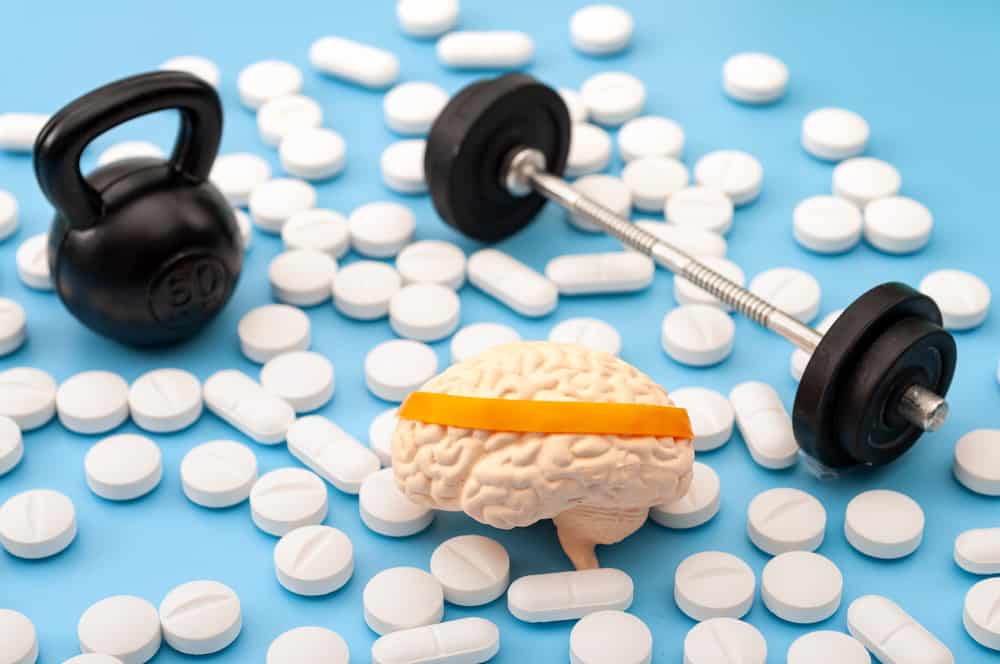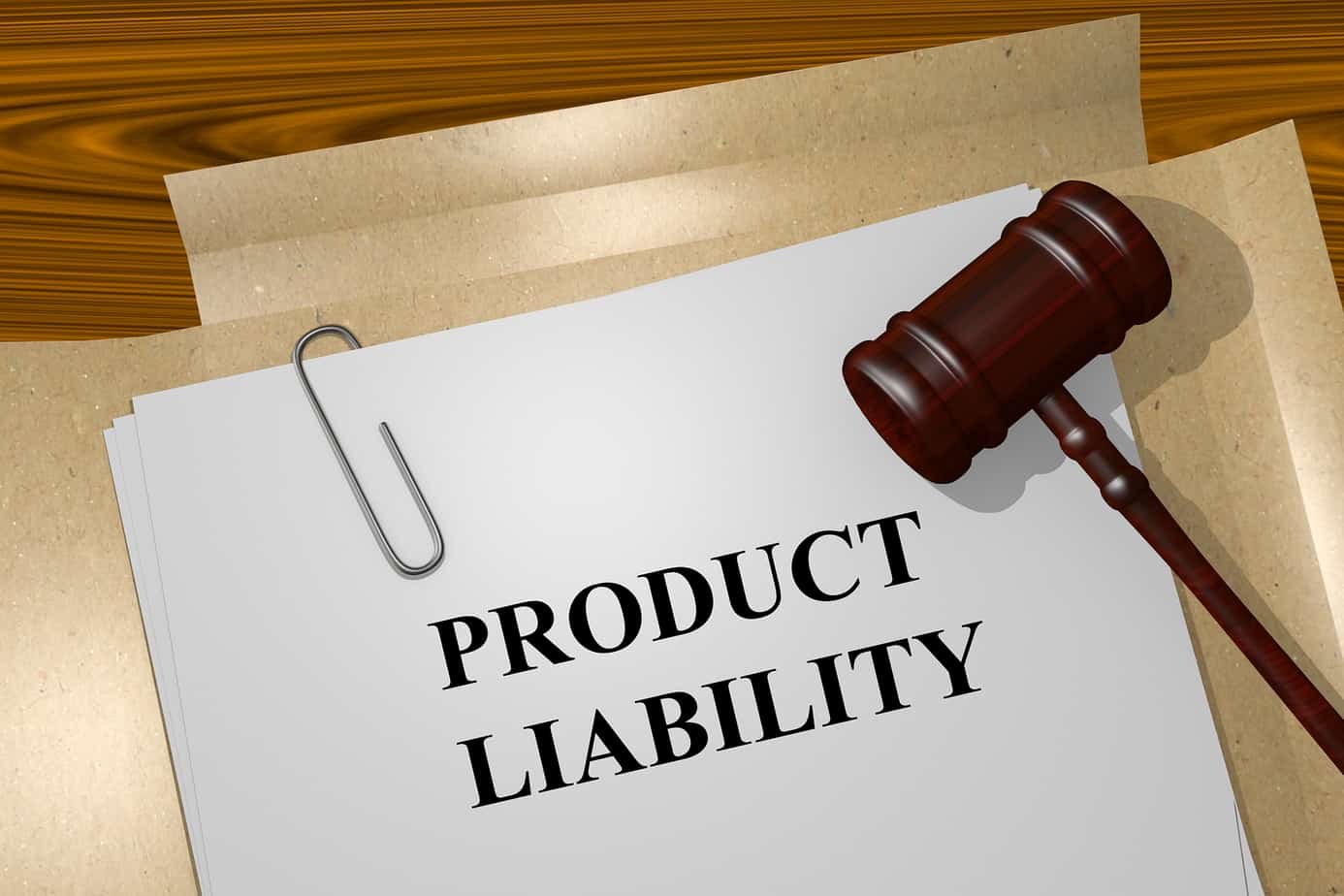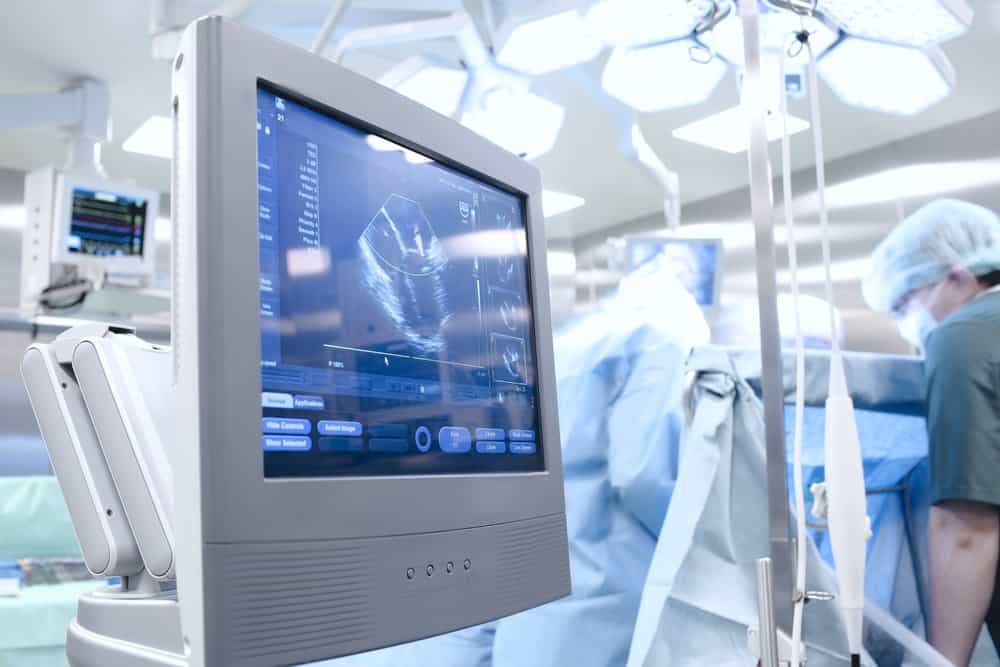Nootropics are all the trend right now, especially among young professionals. Understanding the hype can be a bit confusing for some, but enhanced cognitive performance depends on the right combination of supplements.
Derived from the Greek words for mind “nous” and to bend or turn “tropein”, nootropics can enhance cognition and memory to facilitate learning and give professionals a mental edge.
The term nootropic was coined by a Romanian chemist about five decades ago. Dr. Cornelui Giurgea, also a psychologist, discovered the nootropic drug called Piracetam in his attempt to invent a sleeping pill for his patients. Once they used the pill, his patients reported the opposite effect and reported substantial memory improvement.
Mood and cognition
Ginkgo and coca leaves have been used to alter mood and cognition for at least 10,000 years. Botanical extracts continue to be included in the supplements mix taken by young professionals take. These include among other Panax ginseng, Ginkgo biloba, Bacopa Monnieri, and Rhodiola Rosea.
Many people have tried some form of nootropics by taking substances like caffeine, fish oil, or drinking green tea for its creatine and L-theanine.
However, most do not stop at natural supplements, and their cocktail of nootropics may also include prescription drugs like Adderall and Ritalin. Some also include unregulated drugs in their mix like racetams and piracetam (available as a prescription drug in some countries but not approved by the FDA).
According to an article written by Karla Lant in futurism.com: “The idea behind nootropics is not taking a magic pill and transforming yourself into a genius instantly. The core value here is optimization.”
Optimizing nootropics
Daily cocktails of nootropics can give their users a cognitive edge and firm supporters firmly believe that they offer them improved attention, creativity, memory, and motivation. These cocktails often contain vitamins, minerals, and muscle building compounds, but also the prescription drugs and racetams.
Many young people today work in a highly competitive world and keeping abreast takes more than just hard work. They believe that these “smart drugs” help to give them an edge over their colleagues. For most corporate climbers, when talking about nootropics, they refer to substances that have low toxicity and few side effects.
Piracetam might not be approved as a therapeutic drug in the U.S., but is sold for research purposes. However, it is one of the few formulations available in the family of drugs known as racetam. Newer drugs that are available online include aniracetam, oxiracetam, and phenylpiracetam, but these have received a lot of attention and their usefulness and safety are still debated.
ADHD medications like Adderall and Ritalin are also added to the mix by some. Even though they appear to work well for some people, doctors do not recommend them for people who want to improve their attention and performance because of their side effects. These include blurry vision, insomnia, quickened heart rate, high blood pressure, and addiction.
Modafinil, a prescription nootropic used to treat narcolepsy, shift work disorder, and sleep apneas, appears to be safer, but research is ongoing.
Promising benefits
In a 2017 article, the Washington Post mentions that studies on nootropics have been ongoing for many years, and from the start, they appeared to have benefits. After a study had attributed short term benefits to them, Russian cosmonauts were given phenylpiracetam during a space flight in 1983.
In another study in 1999, it was found that piracetam is beneficial to patients with Alzheimer’s disease. Piracetam appeared to reverse shrinkage in the hippocampal membranes which are affected during the disease.
However, even though the drug has few side effects, its initial promising results in treating cognitive decline have not materialized. “We don’t use it at all,” commented Lon Schreider in the Washington Post article. He is a professor of psychiatry and behavioral sciences at Keck School of Medicine (University of Southern California).
Safe options
There are over 100 nootropic compounds. Most doctors recommend young professionals wanting to enhance their performance and focus should speak to their doctor first, before deciding which nootropics are best for them.
Doctors are most qualified to offer individual treatment plans after they consider the possible health risks of taking some nootropics.
According to Vinh Ngo, a San Francisco doctor who has become popular with young tech workers interested in cognitive augmentation, “The one-size-fits-all approach is wrong because there are health risks to taking some nootropics.”
Young professionals who are looking for safer supplements in the wonderful world of nootropics have a plethora of natural supplements to choose from. Some of the most beneficial natural ingredients found in nootropic supplements include Lion’s Mane, Bacopa Monnieri, Ginseng, and Ginkgo biloba. Others include natural compounds and amino acids like Alpha-Lipoic Acid, L-Theanine, Huperzine-A, Alpha-GPC, and Phosphatidyl Serine.



